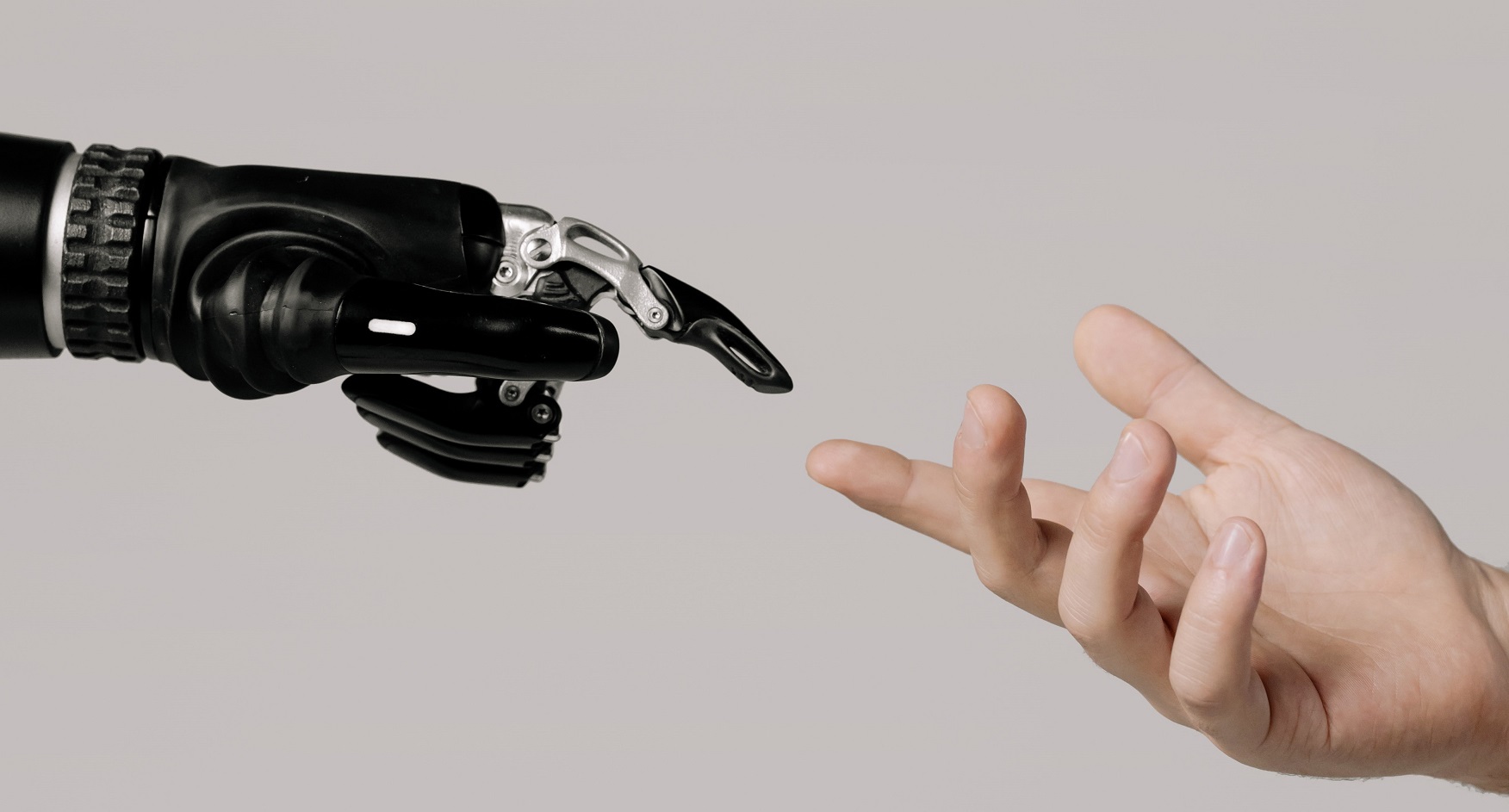Teaching children with autism spectrum disorder (ASD) is not an easy task. Approximately 40% of people with ASD have some kind of learning disability which may affect their capacity to acquire and retain new knowledge, organize thoughts, and comprehending verbal and no-verbal cues. Likewise, they also have a hard time interacting with other people since autism is also characterized by the lack of social skills of the affected individual.
But thanks to modern technology schools, universities, and other kinds of learning institutions have made it possible to reach out to autistic kids and impart the academic knowledge that they need to learn. To be specific, robots and artificial intelligence (AI) are becoming key instruments in improving the learning capabilities of children with autism. And its effectiveness is widely recognized that more and more educational facilities in different countries are adopting this practice.
Read more as we are going to discuss how robot-assisted instruction helps kids with autism in today’s post.
Robots: An Emerging Technology Toolkit For Autism Therapy And Teaching
Normally, special therapy and education services are usually carried out by therapists and school social workers. But in recent years, these professionals have also adapted various technologies to better reach out and teach children who are diagnosed with ASD.
Robots are already accepted as a subset of effective teaching techniques for students with special needs. In fact, tablets are now being utilized to help teachers impart knowledge and increase the student’s task completion. A recent study shows iPads used as an instrument of intervention, combined with instruction, have proved to be a promising method of teaching for 5th grade students with learning difficulties. Likewise, these devices also increased the math fact fluency of these students.
In the same way, small robots standing 2-feet tall like Milo are being developed to interact with the autistic child and teach them through robot-assisted instruction. These devices are programmed to speak 20% slower than an average human being and teach autistic kids to learn basic social skills such as saying “Hi” and “Thank you” to others.
Moreover, virtual reality (VR) technology is also being utilized as an intervention method to demonstrate and promote positive changes in children with special disabilities, developmental delays, intellectual disabilities, emotional disturbances, and those who have vision, speech, and hearing impairments.
A Teacher And A Playmate Rolled Into One
Children with ASD often experience challenges in terms of social interactions like reading (and making) facial expressions, difficulty in maintaining eye contact, and struggling to comprehend the usual social engagement behaviors. And to some extent, they may also be having attention issues and problems in demonstrating shared interests. That is why a robot can be a great teaching tool since it can show to autistic kids the proper ways of social interaction and hone their social skills to communicate better with others.
And in some ways, artificial intelligence giving robot-assisted instruction can also demonstrate responses, interactions, and stimuli that we humans often do. Also, they can teach with patience and less frustrations from repeating things over and over since their programming is designed to adapt to the needs of the autistic kid. And in turn, the student will be able to interact and connect physically and emotionally and better face the challenges in school and life.
Furthermore, robots encourage active participation and better responses with the autistic child since they feel much safer (as children with ASD tend to hold back when engaging in a normal human interaction) and less threatened throughout the teaching or therapy session.
And perhaps one of the most important reasons for using robots in teaching kids with ASD is that they inspire a playful mood while teaching social and communication skills.
According to Elena Ghionis, a certified ASD specialist, a humanoid robot like Milo bridges the gap between technology and effective human interaction. In fact, the robot is designed to answer the kid’s questions in a playful manner so that the child with ASD will be motivated to ask more questions to learn more. This, in turn, makes the child extremely excited to participate in more lessons included in the sessions, which increases the success rate of therapy in the process.
Conclusion
For children with ASD, technology tools such as robot-assisted instruction are becoming potent game changers in the aspect of learning and development. And the future is bright for this mode of teaching that parents, teachers, researchers, and engineers will soon expect a variety of options for teaching social and communications skills to children with special needs.
Overall, the technological approach in providing academic and practical instructions to autistic children is truly effective because it stimulates active participation in the student while allowing them to evolve their life skills early in their life ensuring the educational needs are met.
